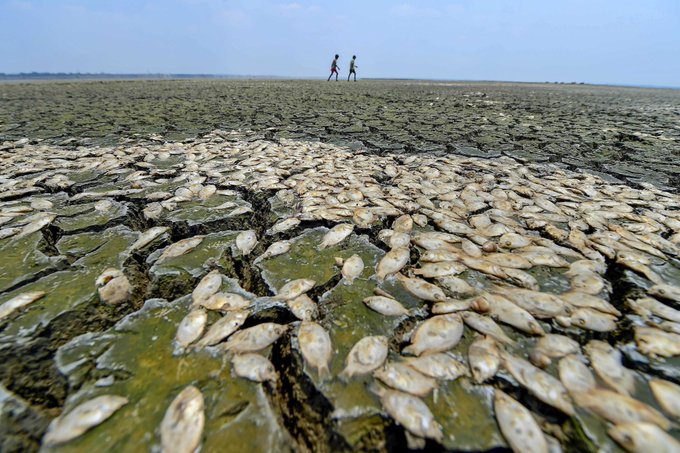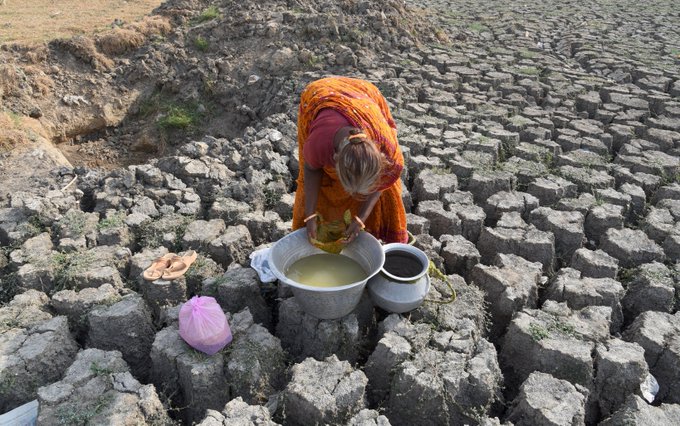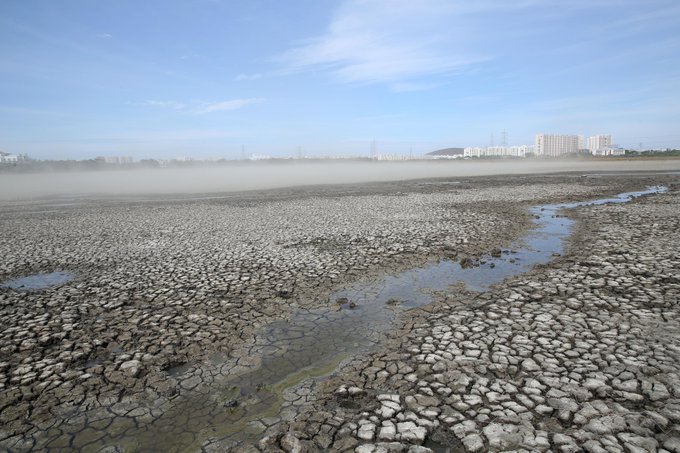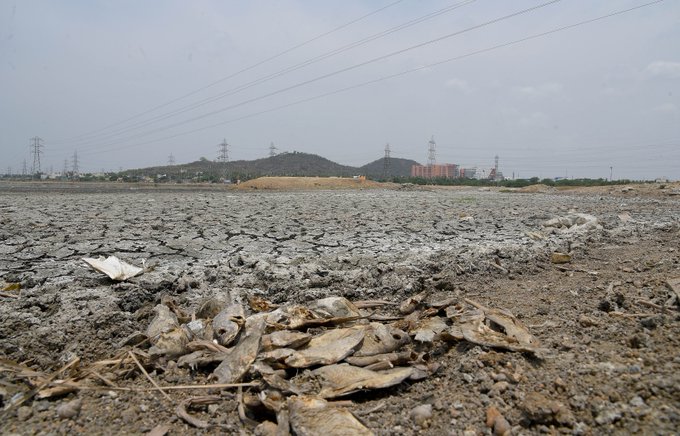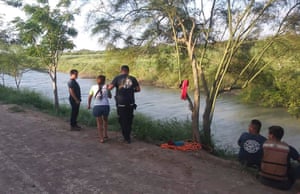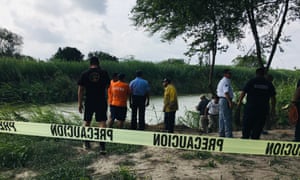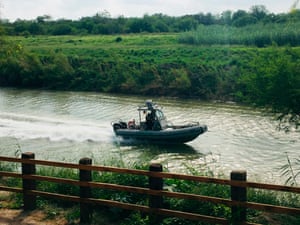(Update: The Oregon state legislature voted on June 30 to pass SB 885, which extends for five years the moratorium on growing more than 500 acres of canola in the Willamette Valley.)
On July 1, a state law that restricts canola cultivation in Oregon’s Willamette Valley will expire. Around the state capitol, two groups of farmers and their advocates are locked in battle over the potential expansion of canola production. It’s the latest flare-up in a 20-plus-year fight over the future of these prime farmlands stretching 125 miles due south from Portland.
Cradled between two mountain ranges, the populous Willamette Valley is one of the most productive and protected agricultural regions in the country. While renowned for its diversity of farm crops and wine grapes that feed a thriving farm-to-table movement, it’s also the epicenter of a lucrative seed industry. Lands for growing grass seed, cover crop seed, and flower and vegetable seeds dominate the corridor’s 1.7 million arable acres.
Within the world of vegetable seed production, brassicas such as kale, broccoli, cabbage, and rutabaga contribute significantly to the valley’s specialty seed market, ranked fifth in the world. The canola plant is in the same Brassicaceae family (commonly known as mustard or cabbage). Also called rapeseed, the yellow flowering Brassica napus is a useful rotational crop for grass seed farmers in the valley, and the oilseed is crushed for oil and animal feed.
While canola has been raised in the Willamette Valley since before World War II, the state has taken a precautionary approach to the crop because it is a notorious cross-pollinator with rampant pest, disease, and weed issues. In 2013, the legislature implemented a 500-acre limit for canola cultivation in the Willamette Valley Protected District and tagged on a mandate for Oregon State University (OSU) to study the fields.
Now, with the July sunset date looming, a fierce debate has reignited between specialty vegetable seed stakeholders and pro-canola supporters.
 An Oregon canola field. (Photo CC-licensed by the Oregon Department of Agriculture)
An Oregon canola field. (Photo CC-licensed by the Oregon Department of Agriculture)
Organic and vegetable seed producers fear that the potential for contamination from cross-pollination from canola, which also has the potential to carry genetically engineered (GE) materials, is so high it threatens the viability of Oregon’s specialty seed industry. Led by the Willamette Valley Specialty Seed Association (WVSSA), they’re seeking the protections of a renewed state law, SB 885, which would extend the 500-acre limit on canola for four more years.
Oilseed growers have long bristled at strict regulations that single out the canola crop from other brassicas and limit the development of an oilseed industry. They are pushing for expansion under a new set of rules from the Oregon Department of Agriculture (ODA) that would go into effect if the legislature allows the cap on canola to expire.
The central question in play is: Is there a way for vegetable seed and oilseed production to coexist? The matter is far from settled, and the pro- and anti-canola groups have found little, if any, common ground.
What’s at Stake for Oregon Farmers
Oregon’s Willamette Valley, with its mild, moist winters, long summers, and fertile soils, is one of few places, along with Chile, Australia, the Mediterranean, and western Canada, ideal for cultivating high-quality vegetable seeds. There is no official data collected on the number of seed companies located in the valley nor how many acres they farm. But industry sources reported to Civil Eats that there are at least 40 and as many as 100 seed companies operating on 10,000 to 12,000 acres. This includes valuable brassica seeds, including most of the world’s supply of European cabbage, Brussels sprouts, rutabaga, and turnip seed, and a quarter of the radish, Chinese cabbage, and other Chinese Brassica vegetable seed, according to a 2010 OSU report.
It’s well-established that when any variety of brassica blossoms, there is the potential for pollen to be transferred by insects or wind to other brassicas. If turnip pollen drifts to Chinese cabbage, for instance, it can produce undesirable traits in the resulting seed. However, the WVSSA has maintained a voluntary system of safeguards for decades that include field spacing (“isolation distances”) and crop mapping (“pinning”).
This same system is in use for GE sugar beet seed production, which was introduced in the valley in 2010. So far, it has worked to prevent sugar beets from contaminating fields of chard (a close relative) as well as non-GE table beets. But growers remain vigilant for transgenic contamination and test every seed lot.
While only non-GE canola is currently planted in Oregon, there is widespread concern that, because 90 percent of global canola seed is GE, it could make the canola seed supply vulnerable. Contamination from cross-pollination or seed mixing would make vegetable seed unsalable to the U.S. organic market or to countries that ban genetically modified materials, including Japan, Europe, and New Zealand. And there is no recourse or compensation for farmers.
Even without the GE issue, anti-canola advocates say low-value canola is a direct threat to the high-value specialty seed market. They point to places such as the U.K., Denmark, and France, where vegetable seed production declined or disappeared in the wake of commercial canola production as a result of disease and pest problems.
Nonetheless, the state-mandated OSU study on those 500 acres of canola has cleared a pathway for expanded canola production. Researchers collected data on the disease and pest impacts—but not cross-pollination—of canola on other brassica crops. It concluded, “The results of this research provide no reasons, agronomic or biological, that canola production should be prohibited in the Willamette Valley when there are no restrictions on the production of other [brassica] crops.” It also recommended an expansion of canola acreage to the state legislature as “reasonable and feasible.”
The Willamette Valley Oilseed Producers Association (WVOPA) touted the findings as a green light for canola production. Over the past two years, farmers have requested permits to plant twice the number of allowable acres. Canola is one of several crops that farmers can grow in rotation with grass seeds to break pest and disease cycles and doesn’t need irrigation. It’s desirable for farmers like Anna Scharf, WVOPA board president, who raises 11 different crops, including grass seed, turnip, clover, and wine grapes on close to 3,000 acres. “Because [canola] is a commodity, as a farmer I can grow the crop and play the market,” she told Civil Eats. “At the end of the day this fight comes down to economics.”
Currently, all canola seed grown in the valley is processed at Willamette Biomass Processors, located about 20 miles west of Salem. If canola production increased, its advocates say the certified organic facility could be used to produce more valuable food-grade canola oil. Growers like Scharf see alarmist fears over canola blocking its market potential She said, “I can grow marijuana easily in this state, but I can’t grow canola.”
The grass seed industry in the Willamette Valley is immense, representing most of the seed crops grown, or about 250,000 acres valued at over $228 million per year. In contrast, the acreage devoted to vegetable seed production is small, but the value is high, reportedly worth $50 million per year. And despite the study’s results, the anti-canola camp remains unconvinced that both an oilseed industry and specialty seed industry can coexist and thrive in the valley.
OSU vegetable breeder Jim Myers was one of the research advisors on the canola report. In his opinion, while the latest research provides more knowledge, the results have limitations. “I think it’s a problem of scale,” he said in a phone conversation with Civil Eats. “When you mix commercial acreage with seed production, then we get into problems.”
Specialty vegetable seeds are bred and selected to meet high quality standards for varietal and genetic purity—requirements that oilseed does not have. Myers detailed how increased acreages of canola with three-mile isolation distances between fields would fragment production areas. What’s more, just a few seeds blown off farm equipment and transport trucks could spread feral weeds, and because canola seed stays dormant in the soil for at least two years, weed problems could persist.
“I think the crux is, ‘What do we do best in western Oregon?’” he said. And that’s not growing commodity crops, in Myers’s view. He added, “It’s hard to know where the [vegetable seed] production would go if it couldn’t be done in the Valley.”
“Is Oregon willing to sacrifice this region to the interests of canola?” said Kiki Hubbard, advocacy and communications director at the Organic Seed Alliance (OSA). “What’s at stake is the diversity of our seed supply and the diverse seed economy currently thriving in the Willamette Valley.”
Countdown to Sunset
Underlying the controversy over canola, there is widespread agreement that the specialty seed industry is unique and valued. But there is no agreement over how to move forward. The oilseed growers insist on their right to farm, while the vegetable seed growers, along with plant breeders and seed companies, fight for self-preservation.
“Coexistence requires compromises,” the OSU report stated. But it also acknowledged the uneven playing field: “Coexistence does not mean that risks, if any, are equally distributed among the sectors.” The report noted that the data could not predict that “unlimited Brassicaceae crop production within the Willamette Valley would not result in production problems.” This is the heart of issue for the specialty seed industry: in the current paradigm of coexistence, they are the ones with everything to lose.
 Photo CC-licensed by Ian Sane.
Photo CC-licensed by Ian Sane.
After years of meetings with all stakeholders, the ODA’s draft regulations for canola include an isolation area banning 937,000 acres of the Willamette Valley from canola production. The zone outside of this area, about 1.5 million acres, could be planted with canola by permit from ODA, as reported by The Capital Press.
“Nobody likes it,” said Jonathan Sandau, government affairs director for the Oregon Farm Bureau (OFB), which participated in the rule making. Members of OFB include farmers growing specialty crops as well as farmers who would like the opportunity to grow canola.
“I don’t think you can ban one industry,” Sandau said. “I think the department really strived to find within their existing authority an ability to protect the specialty seed industry.”
In their current form, seed growers say the regulations leave a lot of unanswered questions, including permitting requirements and pinning system details. “There’s a lot of gaps in what they’ve proposed,” says Smith of WVSSA. “I’m worried.” And three organic seed companies, Adaptive Seeds, Moondog’s Farm, and Wild Garden Seed, are located outside of the proposed isolation area.
But Sandau wonders, “If you’re asking for greater protection, how much protection is enough?” At the same time, he acknowledges that no one knows the market capacity for canola or the long-term impacts it could have on agriculture in the Willamette Valley. As a representative from the U.K. seed company Limagrain put it during 2009 discussions about permitting canola in Willamette Valley, “Once the genie of canola production is out of the bottle, you will never put it back.”
With the deadline on the canola law closing in, oilseed opponents may get their wish from the legislature. According to several sources in the Oregon capitol, SB 885—the continuation of the existing 500-acre limit—appears to be moving to a vote and may pass before the end of June. If approved, it would go into effect immediately, with a new expiration date in 2023. If it doesn’t pass, the ODA is mobilizing to present new rules in time for fall canola planting.
But even a four-year reprieve will not resolve the canola war in Oregon. “Either the legislature’s going to act or ODA is going to have a rule,” said Scharf of WVOPA. “No matter what happens, it is very consequential for the state of Oregon.”
Stewardship is one of the hallmarks of the diverse Willamette Valley farm community. So, as the canola schism draws out, many have argued for being “good neighbors.” Even the OSU report urged “the entire agricultural industry to maintain good stewardship practices to protect the status of the Willamette Valley as a premier seed production region.”
But some growers, including veteran plant breeder Frank Morton of Wild Garden Seed, question the presumption that peaceful coexistence between producing oilseed and specialty vegetable seeds is reasonable and feasible. “This is a road paved with good intentions, perhaps,” he said in a testimony to ODA, “but it will lead to a world of conflict without end.”
(Correction: This article was updated to reflect the fact that Willamette Valley canola is not currently sold for biofuels. Craig Parker, CEO of Willamette Biomass Processors, told Civil Eats that the plant used to sell to the biofuels industry, but the economics were not sustainable.)

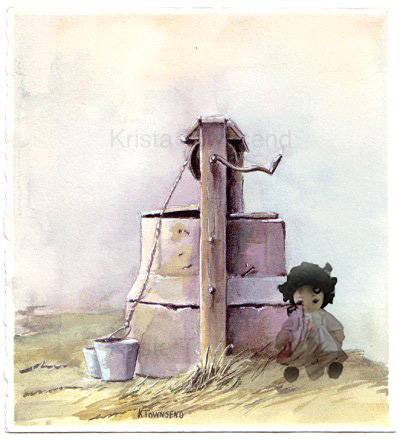
 Reuters
Reuters
 An Oregon canola field. (Photo CC-licensed by the Oregon Department of Agriculture)
An Oregon canola field. (Photo CC-licensed by the Oregon Department of Agriculture) Photo CC-licensed by Ian Sane.
Photo CC-licensed by Ian Sane.

 (Data: EIG, Graphic: David Foster)
(Data: EIG, Graphic: David Foster) (Source: WalletHub, Graphic: David Foster)
(Source: WalletHub, Graphic: David Foster) A Donald Trump sign hangs in the window in the town of Waynesburg near the West Virginia border on March 1, 2018 in Waynesburg, Pennsylvania. Waynesburg. (Photo by Spencer Platt/Getty Images)
A Donald Trump sign hangs in the window in the town of Waynesburg near the West Virginia border on March 1, 2018 in Waynesburg, Pennsylvania. Waynesburg. (Photo by Spencer Platt/Getty Images) (Source: EIG)
(Source: EIG) A worker prunes almond trees in an orchard near Bakersfield in the Central Valley, California, United States January 17, 2015. (Photo: REUTERS/Lucy Nicholson).
A worker prunes almond trees in an orchard near Bakersfield in the Central Valley, California, United States January 17, 2015. (Photo: REUTERS/Lucy Nicholson). In 2017, rural workers’ incomes lagged behind urban workers as they pursued further education. (Source: USDA).
In 2017, rural workers’ incomes lagged behind urban workers as they pursued further education. (Source: USDA). These satellite images from June 15, 2018, (left) and June 15, 2019, show the diminishing size of the Puzhal Lake reservoir in Chennai, India. Copernicus Sentinel-2 Satellite Image/Maxar Technologies via AP.
These satellite images from June 15, 2018, (left) and June 15, 2019, show the diminishing size of the Puzhal Lake reservoir in Chennai, India. Copernicus Sentinel-2 Satellite Image/Maxar Technologies via AP.